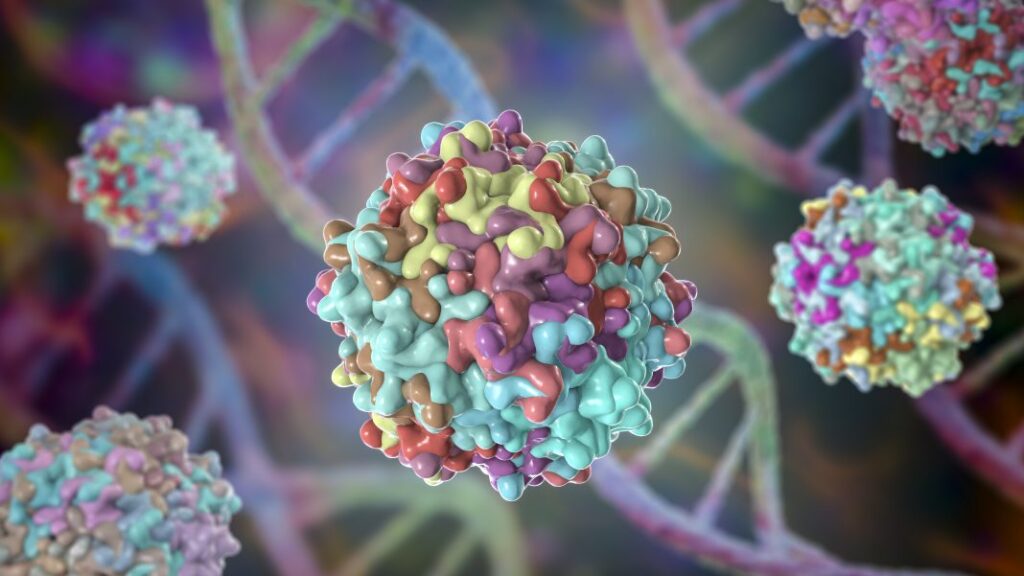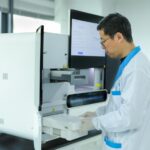The “outdated” downstream separation technologies used in viral vector manufacturing are a major cause of the industry’s struggles to keep up with growing demand from the gene therapy sector.
At least, that is according to Julius Klemens Lorek, a doctoral researcher at the department of process and life science engineering (PLE) at Lund University in Sweden, who says vector production needs to modernize.
“Vector manufacturing processes are tied to outdated technologies. Downstream purification steps, for example, are often based on density gradient ultracentrifugation, which lacks scalability and is laborious,” he tells GEN.
Density gradient ultracentrifugation, as the name suggests, is a centrifuge-based technique used to separate vectors from impurities by density. While effective, the approach has proved difficult to implement at commercial scale.
In batch mode manufacturing, for example, the only way to increase throughput is to scale out the process by introducing additional centrifuges, which are expensive to buy and complex to operate.
The approach can also be employed in continuous-flow mode by using either cesium chloride (CsCL) or iodixanol to create gradients. However, CsCL-based centrifugation is time-consuming and less efficient than traditional methods, while iodixanol is allergenic.
Column centrifugation
To address these challenges, Klemens Lorek and colleagues propose chromatography-based separation as a potential alternative in a new study, arguing that the approach could help vector makers boost output and better meet demand.
“Downstream processes based on column-chromatography offer better scalability, productivity, and robustness,” he says, adding that “they also make it easier to implement real-time monitoring, control, and automation.”
There are also benefits from a procurement standpoint Klemens Lorek says, pointing out that the required technologies are already commercially available.
“Column chromatography can be easily implemented. Manufacturers usually provide ready-to-use integration kits for their systems—companies like Cytiva and its Äkta technology, for example.
“Also, there are many commercial chromatography resins available targeting various [virus] serotypes. Manufacturers also provide user manuals with recommended operating conditions across scales, which is a good start to narrow down design space.”
Looking forward, greater use of column chromatography technologies in vector manufacturing could facilitate the adoption of other innovations Klemens Lorek says, citing artificial intelligence-based modeling and control as examples.
“AI could play a role when it comes to modeling of chromatographic processes. Those models could work in neural networks such as physics-informed neural networks, or PINNs. With the help of AI, optimization in process development or automated analysis of chromatograms could be significantly improved.”


